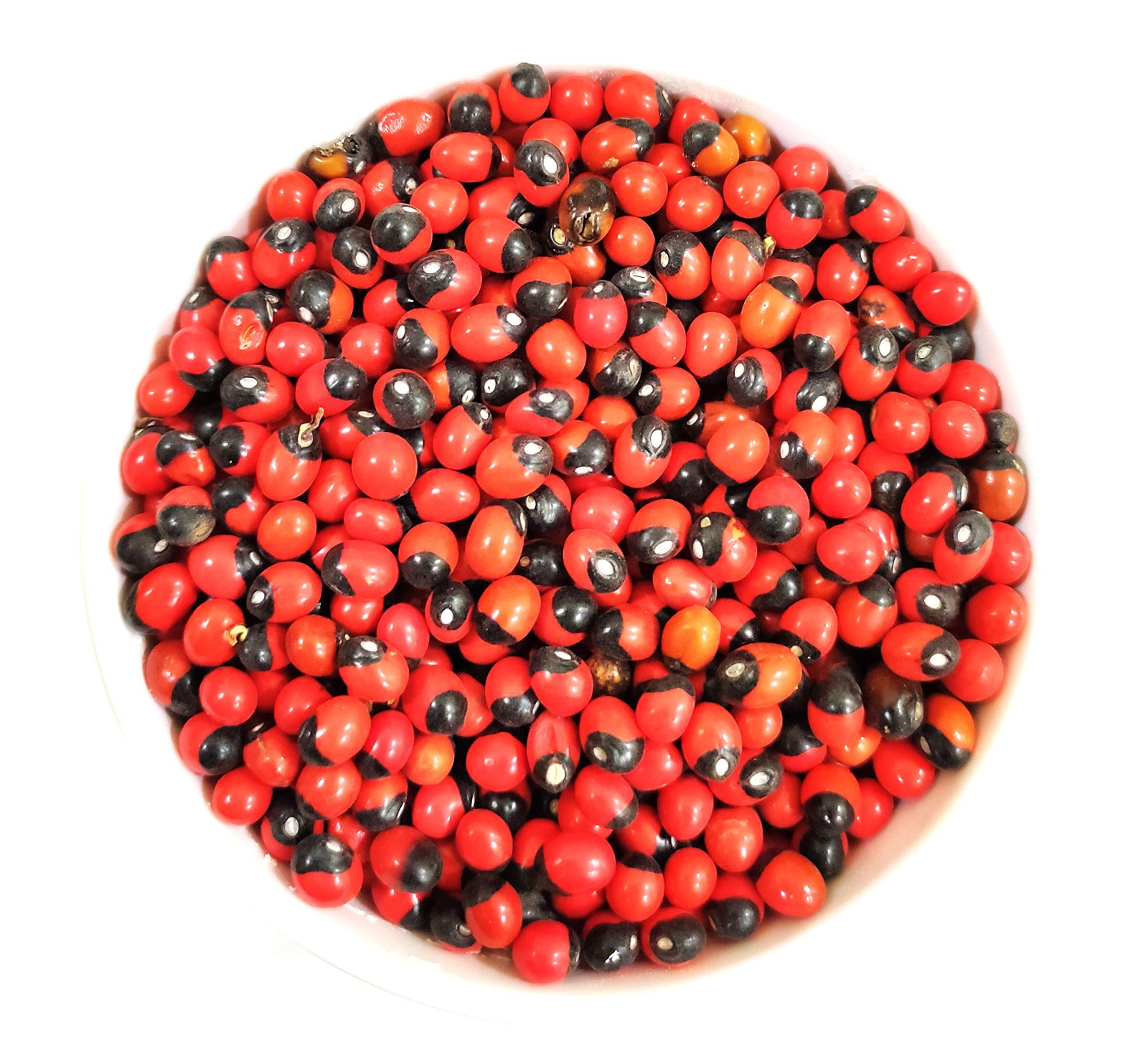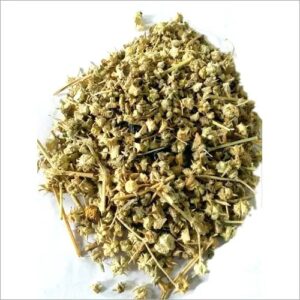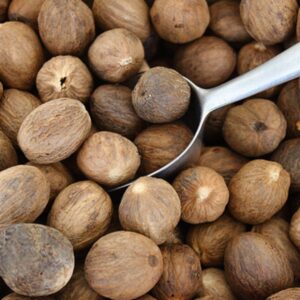Description
Common Names:
- Red Gunja
- Abrus Precatorius (Botanical name)
- Ratti (In Hindi)
- Crab’s Eye
- Rosary Pea
Forms:
- Seeds: The seeds of the Red Gunja plant are used in various traditional practices.
- Powdered: Seeds are sometimes ground into a powder, but this is rare due to their toxicity.
- Beads: The seeds are often used as beads in jewelry and rosaries.
Origin:
- Native Region: Native to tropical regions of India and Southeast Asia.
- Cultivation: Widely found in tropical and subtropical regions around the world, including India, Sri Lanka, Southeast Asia, and parts of Africa.
Nutritional and Chemical Composition:
- Active Compounds: Contains toxic compounds such as abrin, a highly potent ribosome-inactivating protein.
- Nutrients: The seeds are not used for nutritional purposes due to their toxicity.
Health Benefits:
- Traditional Medicine: Despite its toxicity, small, controlled doses of Red Gunja have been used in traditional medicine for various purposes, including treating certain skin conditions and as a remedy for asthma. However, this is highly specialized and must be done with extreme caution.
- Symbolic Use: Red Gunja seeds are often used in cultural and religious practices, symbolizing various spiritual meanings.
Caution:
- Toxicity: Red Gunja seeds are extremely toxic if ingested. The compound abrin found in the seeds can cause severe poisoning, leading to symptoms like nausea, vomiting, abdominal pain, and in severe cases, death. Handling the seeds without breaking them generally poses no harm, but ingestion of even a single seed can be fatal.
Uses:
- Jewelry and Rosaries: The seeds are commonly used as beads in making jewelry, particularly rosaries, due to their vibrant red color and symbolic significance.
- Traditional Medicine: Rarely used in traditional medicine, and only under the guidance of experienced practitioners due to its high toxicity.
- Cultural Significance: Often used in traditional rituals and as a weight measure in ancient Indian practices.







